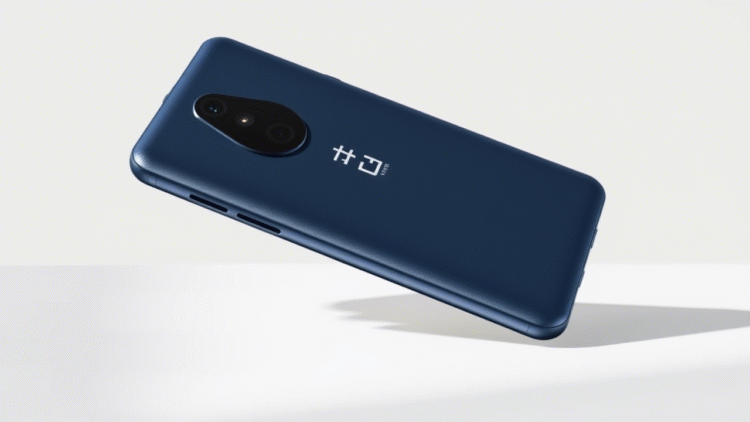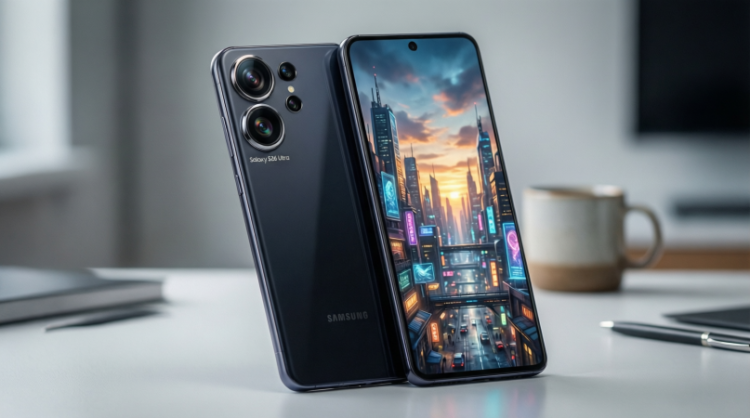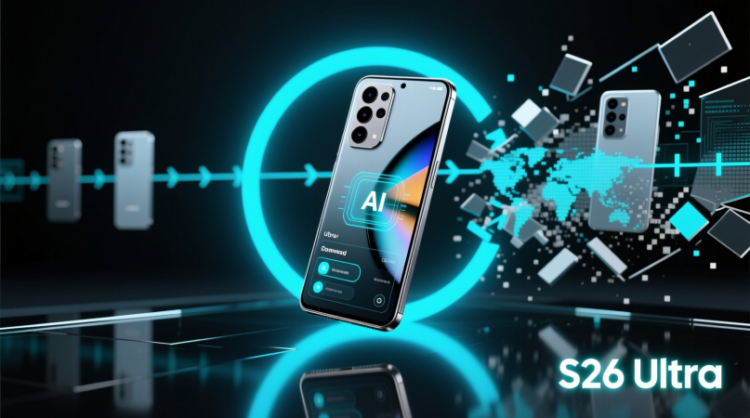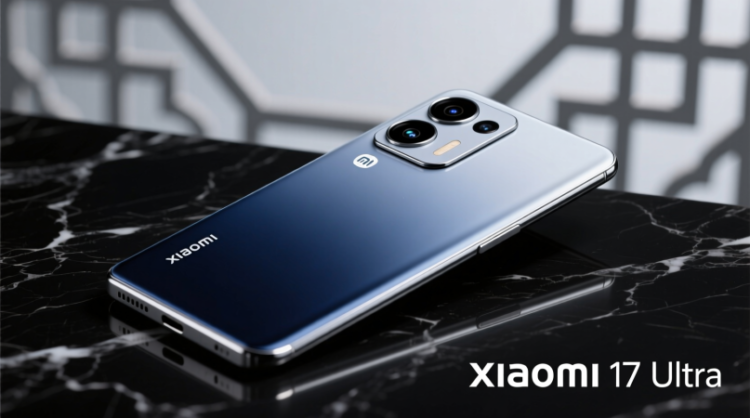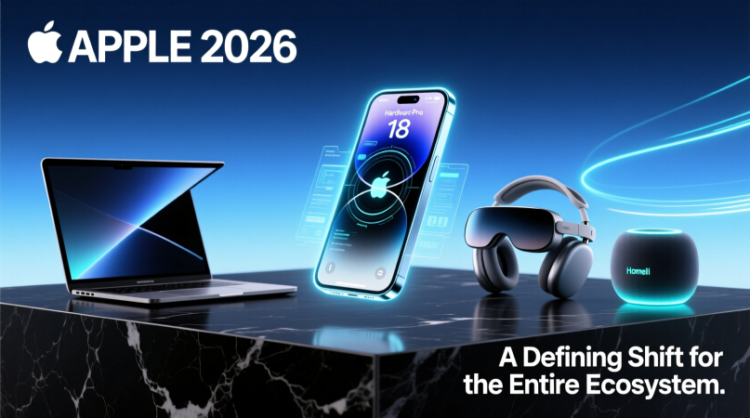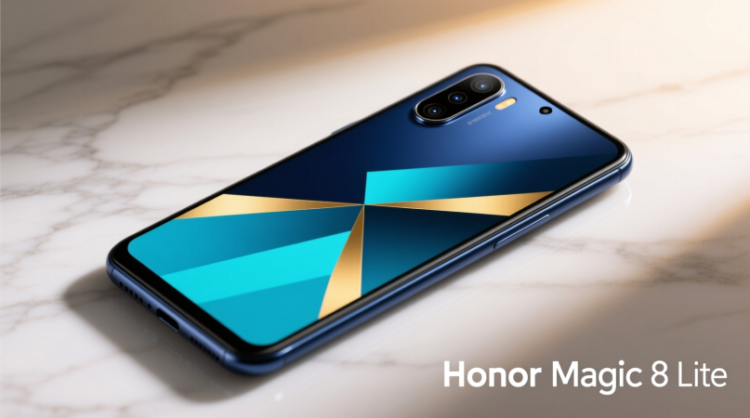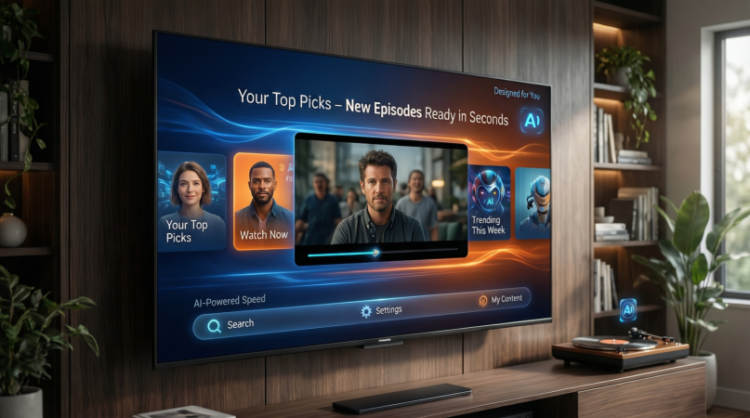
Digital Magazine – In an era where artificial intelligence dominates smartphone headlines, OnePlus has taken a decidedly different route with its latest flagship. The OnePlus 13 marks a significant milestone for the brand—now three generations into its merger with Oppo—and represents a return to what many users appreciated about the company in its earlier days: raw hardware power, thoughtful design, and competitive pricing. At $900, it’s not just another flagship phone—it’s a strategic rebuttal to the AI-focused direction of Samsung and Google.
Distinctive Design in a Sea of Similarity
OnePlus has long differentiated itself through design, and the OnePlus 13 is no exception. In contrast to the increasingly indistinguishable silhouettes of Apple’s iPhone or Samsung’s Galaxy lineup, the OP13 carves its own path with tapered metal edges and the continuation of the brand’s signature Alert Slider, a feature many Android phones have abandoned. But what truly sets the design apart is the microfiber vegan leather back available in the Midnight Ocean and Arctic Dawn finishes—a tactile alternative to the industry-standard glass backs.
Its 6.8-inch OLED display delivers a maximum brightness of 4,500 nits, outshining most Android competitors including Samsung’s Galaxy S25 Ultra. Add to that a 120Hz refresh rate and in-display fingerprint sensor, and the OnePlus 13 becomes a visual powerhouse, both in look and performance.
Hardware First: A Return to Performance Roots
Instead of leaning heavily into generative AI tools and smart features, OnePlus equips the 13 with top-tier specs. The Snapdragon 8 Gen 3 “Elite” processor may not be overclocked like Samsung’s variant, but it’s paired with a generous 16GB of RAM and up to 512GB of storage. In daily use, the OP13 feels effortlessly fast, even when managing multiple demanding apps—something multitaskers will appreciate.
OxygenOS, which evolved from Oppo’s ColorOS post-merger, has matured significantly. It now offers a smoother, more intuitive experience that feels cleaner than its earlier iterations. AI features are present like Google Gemini support and an enhanced Notes app but they’re not the centerpiece, and for many users, that’s a refreshing change.
Camera System: Close to Great, Not Quite There
The OnePlus 13 is equipped with three 50MP sensors (main, ultra-wide, and 3x telephoto), offering excellent flexibility and strong performance in well-lit conditions. The company’s Clear Burst technology aids in capturing motion effectively, while its image processing provides a pleasing balance between vibrancy and realism—unlike the aggressive sharpening often seen in Samsung phones.
Still, low-light performance remains a step behind leaders like Google’s Pixel 9 Pro and Apple’s iPhone 15 Pro Max. Night Mode shots, while acceptable, lack the crispness and detail of the competition. That said, the OP13 still competes admirably in most conditions, especially considering the price point.
Battery: A True Game-Changer
Where OnePlus truly leapfrogs its rivals is battery performance. The OP13’s 6,000mAh battery breaks the mold in a segment long stuck at 5,000mAh. In real-world tests, the phone delivered over 30 hours of video playback, outperforming the Galaxy S25 Ultra and Pixel 9.
Charging is equally impressive with 100W wired and 50W wireless charging capabilities. However, there’s a caveat: these speeds are only achievable through OnePlus’ proprietary SUPERVOOC system, which requires specific first-party accessories. Fortunately, the company includes an 80W charger in the box, a rarity among premium phones today.
Despite claiming Qi2 support, the OnePlus 13 struggles with magnetic accessory compatibility. The weak magnetic force means third-party Qi2 add-ons often detach unless a OnePlus-specific magnetic case is used—an odd oversight for an otherwise forward-looking device.
Verdict: A Purist’s Powerhouse
The OnePlus 13 doesn’t try to be everything for everyone it’s a phone built for users who value hardware excellence over AI experiments. Its outstanding battery life, vibrant display, generous RAM, and refined design place it firmly in flagship territory, while its lower-than-average price makes it a value-packed alternative to the Samsung Galaxy S25+ and Pixel 9 Pro.
There are still areas for improvement—particularly in low-light camera performance and out-of-the-box magnetic charging support but those are minor trade-offs in a phone that does so much right.
Final Thoughts
In a market obsessed with algorithmic intelligence and camera gimmicks, OnePlus has delivered a device that feels almost nostalgic in its focus on performance, endurance, and value. The OnePlus 13 proves that premium phones don’t need to be complicated to impress—they just need to work beautifully.
